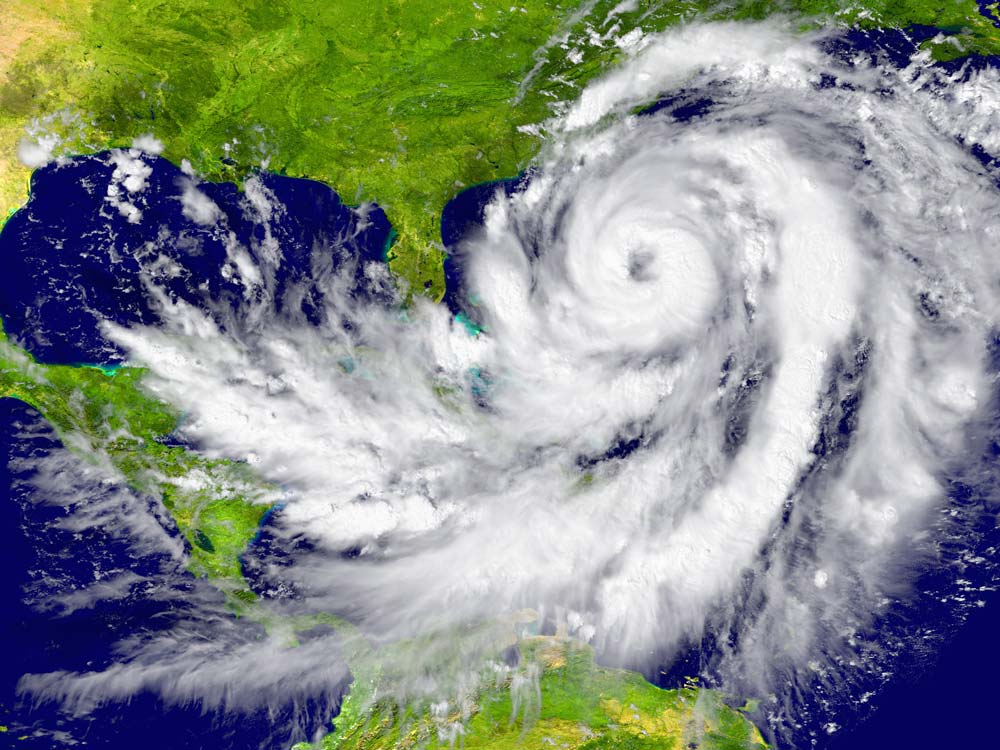Six Steps to Create a New Crisis Plan

New year, new crisis plan.
And there’s a lot to consider:
- -Digital and social media shape the way threats emerge and issues unfold.
- -We live in strange times, and this is an election year so stand-by for the strangeness to increase!
- -Brands are regularly drawn into cultural, social and political issues which polarize consumers.
- And everything happens at incredible speed.
Here’s the keys to building a new, digital age crisis preparedness plan for 2020:
1. Decide how to make the plan instantly accessible when it’s needed: A mobile app is the best-practice benchmark – it enables the plan to be accessed and activated with a couple of clicks on a smartphone icon, no matter what time or day the threat emerges.
2. Make each section of the plan actionable: There’s no need for hundreds of words of crisis theory. The response team needs tools to guide its decision-making, right from the first moment. That means checklists, policies, smart protocols, action guides and additional resources that are easy to use.
3. Think carefully about who will use the plan: An app allows you to customize content to each group who has a role in the response to an issue. Use that benefit to ensure the content is focused and actionable. For example – field or event staff are part of the early warning system when a situation has gone awry and running out of control. What specific guidelines and tools do they need?
4. Don’t worry about who gets the initial alerts: Previously, this was a laborious task in the drafting of a crisis plan. It meant creating complex graphs and contact trees. Now, you let the mobile crisis app do the work for you. The sender of the alert, who may be a remote or junior employee, does not need to decide who will receive the bad news – it’s already programed into the app to manage distribution to the right team members.
5. Be specific about the team for different threat scenarios: In the olden days (anything more than about two years ago!) the whole crisis plan had a generic feel, written for one very large group including communications, operations staffers and legal. Now, the ability to digitally customize the content and distribution of a plan means you prepare more strategically. There may be core crisis team members who are involved in everything, but there will be different, specialist resources needed when the threat is, for example, extreme weather as compared to a product recall.
6. Ensure you embrace that social media drives a crisis in the first few hours: It’s not just that an issue may first appear with a tweet and a trending online conversation about your brand. It’s also one of your most effective tools to respond and manage the crisis. A lot of this is not about how you write the plan. It’s what you are doing now to prepare. What resources have you for media and online monitoring, including data and analytics tools to make sense of the digital noise about your company or product? What social media tools, resources and team training have you invested to ensure your response is quick and effective and your side of the story is accurately communicated?
Preparing a new crisis plan for your organization in 2020? Want to learn more about how our award-winning crisis app, In Case of Crisis, trusted by more than 750 organizations worldwide, will help you? Click here to schedule a quick app demo and have your questions answered.









